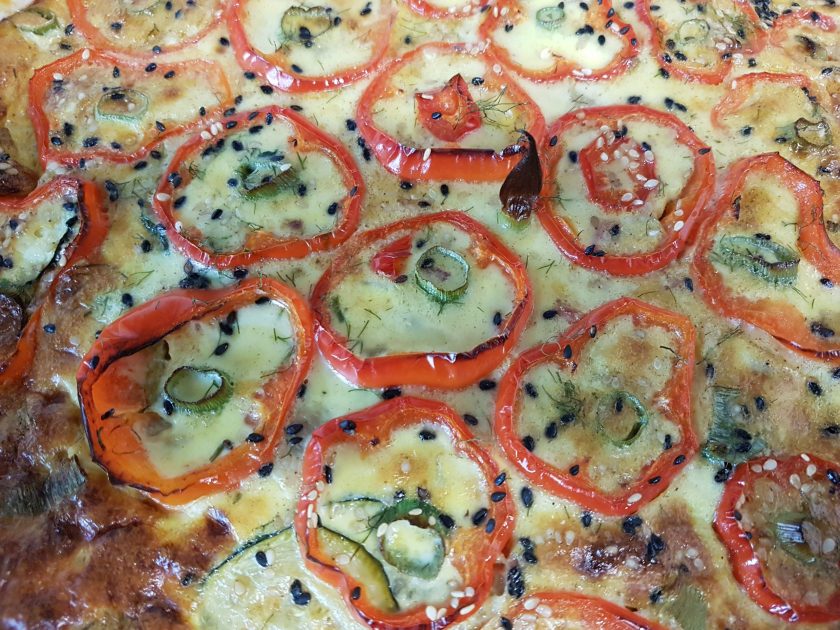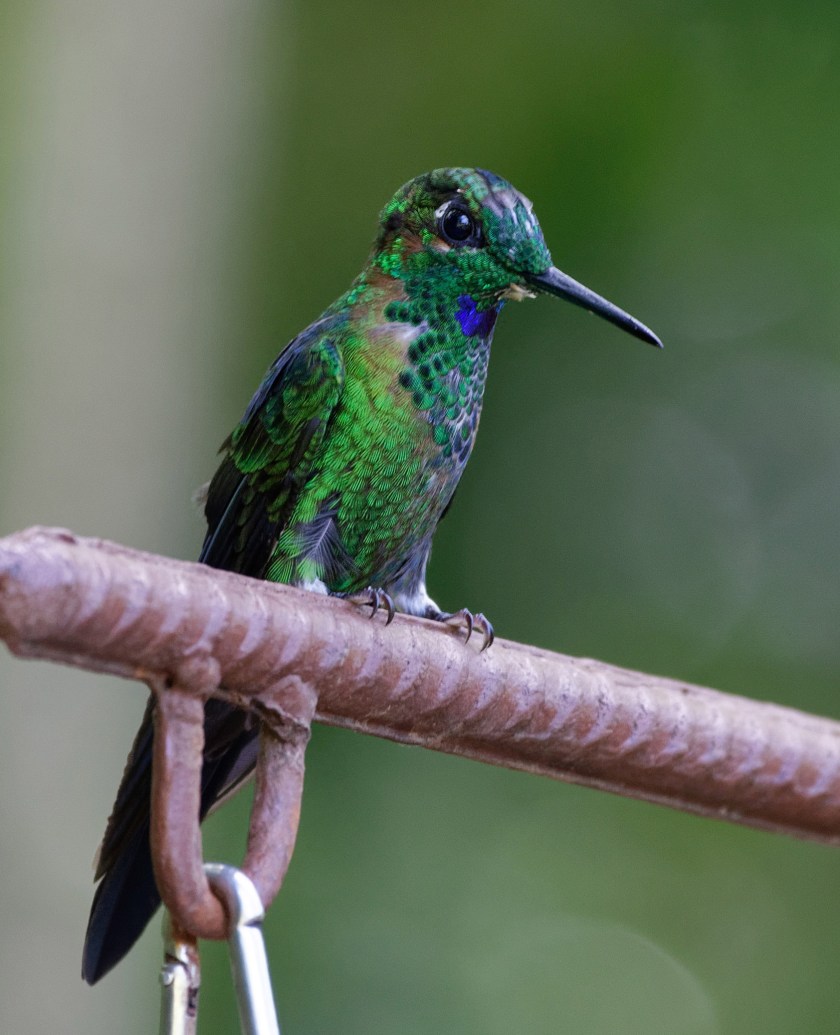King Crimson is infamous for a song named 21st Century Schizoid Man.
Cat’s foot iron claw
Neurosurgeons scream for more
At paranoia’s poison door
Twenty first century schizoid man
Blood rack, barbed wire
Politicians’ funeral pyre
Innocents raped with napalm fire
Twenty first century schizoid man
Death seed blind man’s greed
Poets starving, children bleed
Nothing he’s got he really needs
Twenty first century schizoid man
Songwriters: Robert Fripp/Michael Rex Giles/Greg Lake/Ian Mcdonald/ Peter John Sinfield. 21st Century Schizoid Man (2004 original master edition) lyrics © Universal Music Publishing Group
That’s the opening soundtrack to days that are hard in lockdown. I’m fine most of the time. The sky is a blue I cannot remember ever seeing. Less pollution and few cars on the roads mean more and louder birds than before.
 And I go for walks, and practice self-care. I love to cook, so that’s more than all right. I can take my time with elaborate recipes. Great way to channel my restlessness. Uwe and I live together in lockdown harmoniously most of the time.
And I go for walks, and practice self-care. I love to cook, so that’s more than all right. I can take my time with elaborate recipes. Great way to channel my restlessness. Uwe and I live together in lockdown harmoniously most of the time.

Some days, though, I exist in a schizoid loop. I’m trapped in repeating cycles of WTF WTF WTF? Every couple of days I feel this: boom. I understand how we got to where we are right now. We’ve been pushing the envelope for decades. Why did we think we’d be exempt? Boom! But hard as I try, I cannot grasp how swiftly our world changed once that final roll of the cosmic dice was set in play.
We’ve been taken down by a virus, something you can’t even see without a microscope.
BOOM!
And fuck doing yoga, and meditating, and the crap version that’s all I can remember of the tai chi I learned from a Chinese man in my San Francisco neighborhood 40 years ago. What’s happening now overwhelms me. Forget trying to understand the point of view that claims we just need to get back to business as usual. That bullshit is literally killing us.
I gather myself back into a little ball and slowly unwind my cramped limbs and psyche. Writing helps more than anything. My first collection of short stories is taking shape as I try to deal with what’s happening.
I have friends with health issues who live in deadly serious lockdown. A few weeks into the self-quarantine the radio station I listen to played It’s All Too Much, a song from the Yellow Submarine album. I’ve always loved this song! The Beatles were a big part of life’s soundtrack for my entire family, including my parents when they were alive.
My friend and her husband are Beatles fans too, and they turned me onto Radio Paradise in the first place. I was all smiles that morning, such fond associations and sweet memories all around. I thought, Hey, I’m gonna call her, and she answered her cell phone with a really cheery “Hi there!”
I lost it. I burst into tears and couldn’t stop crying. She hung on and waited for me to be able to speak, because that’s what friends do, and at some point my crying jag stopped just as abruptly as it began. “That was not my plan when I dialed your number!” I said. “That’s the first time this has happened to me since this crisis began. I have a feeling it won’t be the last.”
And we had a really good laugh. I’m learning how to be less careful with my emotional balance, I figure if I need to weep then bring it on, because on some days crying is the single response that even approaches appropriate. I haven’t broken down since, but when I’m out for a walk and I see a family with little children in the distance, I feel those tears. Or when I hear from people I know in my present life, or from my past. Or anywhere else on the globe.
WTF WTF WTF?? I’m a hot mess, and that’s as it should be. If I find myself crying again, I’ll be in good company.
When I look into your eyes, your love is there for me
And the more I go inside, the more there is to see
It’s all too much for me to take
The love that’s shining all around you
Everywhere, it’s what you make
For us to take, it’s all too much
Songwriter: George Harrison. It’s All Too Much lyrics © Sony/ATV Music Publishing LLC
Stay safe everyone. Stay healthy.
NOTES: © Text Jadi Campbell 2020. © Photos Uwe Hartmann 2020. To see Uwe’s photos and pics from our trips go to viewpics.de. Source: LyricFind
SPECIAL NOTE: If you try to comment in the wordpress.com reader and get the message “Sorry – there was a problem posting your comment”, click on the title of this post to get to jadicampbell.com and post your comment there. Sorry for the ongoing problem.
Click here for my author page to learn more about me and purchase my books.








 Thirty minutes later we’re back at the park entrance’s buildings. The downpour vanishes. Uwe gets out his telefoto lens to capture the 7 varieties of blue, emerald, crimson, orange, purple hummingbirds darting in and out to the feeders on the porch. A white nosed coatimundi scurries under the hummingbird feeders, licking up the sugar water that’s dripped down onto the floorboards.
Thirty minutes later we’re back at the park entrance’s buildings. The downpour vanishes. Uwe gets out his telefoto lens to capture the 7 varieties of blue, emerald, crimson, orange, purple hummingbirds darting in and out to the feeders on the porch. A white nosed coatimundi scurries under the hummingbird feeders, licking up the sugar water that’s dripped down onto the floorboards. “A walking stick!” I murmur.
“A walking stick!” I murmur.




 Thorsten has it down to a culinary science, an art form. He marinates the elk in red wine and spices for days. Then he puts it in the oven to roast until it shrinks to about half the original size. Thorsten serves it with gravy, homemade Knödel and cooked red cabbage.
Thorsten has it down to a culinary science, an art form. He marinates the elk in red wine and spices for days. Then he puts it in the oven to roast until it shrinks to about half the original size. Thorsten serves it with gravy, homemade Knödel and cooked red cabbage.

 My blog thread about names for animal families that I began in honor of my dad Bobbo 3 years ago
My blog thread about names for animal families that I began in honor of my dad Bobbo 3 years ago